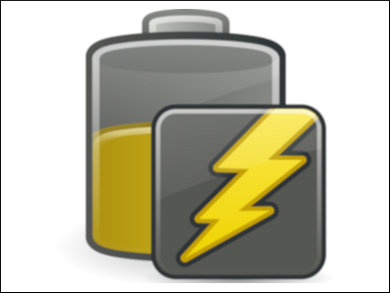Lithium-ion batteries are among the most popular types of rechargeable batteries, used in most home electronics and in technologies such as electric vehicles. However, the fast charging of lithium-ion batteries, which is necessary for the development of electric vehicles, is only optimal at room temperature. When the temperature decreases (during winter, for example), lithium plating occurs upon fast charging. This drastically reduces battery life and can cause electrical shorts or fires.
Chao-Yang Wang, Pennsylvania State University, University Park, USA, and Beijing Institute of Technology, China, and colleagues have developed a cell structure that allows lithium plating-free (LPF) fast charging at temperatures as low as –50 °C. The process relies on a fast heating step prior to the charging step. To achieve fast heating, the researchers embedded a nickel foil in the cell that is capable of creating immense and uniform heating when the input current is guided to the foil. Once the cell temperature passes the critical temperature for LPF charging, the current is directed to the electrode materials to start the charging process.
The researchers demonstrated the new charging technique on a 9.5 Ah pouch cell with a graphite anode and a LiNi0.6Mn0.2Co0.2O2 cathode. Heating the LPF battery from –50 °C to 20 °C only took 69 s, and heating from 0 °C to 20 °C only took 30 s. Due to the integrated heating step before charging, the LPF battery was shown to sustain 4,500 cycles of 3.5-C charging at outside temperatures of 0 °C before reaching a 20 % capacity loss. In comparison, conventional lithium-ion cells with identical battery materials that are charged at 0 °C only sustained 50 cycles before losing 20 % capacity.
- Fast charging of lithium-ion batteries at all temperatures,
Xiao-Guang Yang, Guangsheng Zhang, Shanhai Ge, Chao-Yang Wang,
Proc. Natl. Acad. Sci. U. S. A. 2018.
https://doi.org/10.1073/pnas.1807115115



